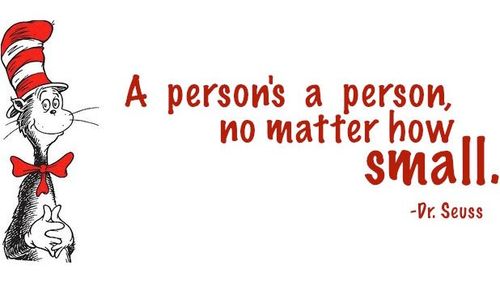I want to share with you the experience I had in my social studies methods class. We were each asked to create and artifact bag that correlated with the lesson we taught in fieldwork. You may be thinking to yourself, what exactly is an artifact bag??? This is a valid question and I found myself in your position prior to being asked to make one. An artifact bag is based on a historic moment, place, person, event, etc. In the bag there are clues. Each clue helps the person receiving the bag to figure out what it is based on. I chose to base mine on a historical person that I discussed in my lesson, John White. he was a colonist that settled on the Lost Colony of Roanoke and also was the one who came back and found all the colonists had disappeared. My clues were and old map of North Carolina, a picture of the Croatoan tree, and a picture of the English ships crossing the ocean with supplies. I was glad when someone in my group was able to accurately put my clues together and come up with the person. The process of making the artifact bags was harder than I thought it would be. it was tough to come up with helpful artifacts that would help the students figure out the problem. In the future if I use artifact bags in my classroom I would like t make the artifacts more authentic. One girl in my group also had a map, but she made it look distressed and tied it with a rope. Another person brought in real coins. These are the types of artifacts that make the activity fun for students. With more time and resources I would like to think I would have been able to make my own artifact bag more authentic. I wish there was more time to got through my peers' artifacts and figure out what they were based on. With the time limit some were forced to tell us what their bags were about. Overall I like this project and think that it is a fun and interactive inquiry lesson that when given the time and resources could be very effective in the classroom! Here is the slideshow for my artifact bag!

.png/74050433/509x223/InquiryWordle_(Small).png)



